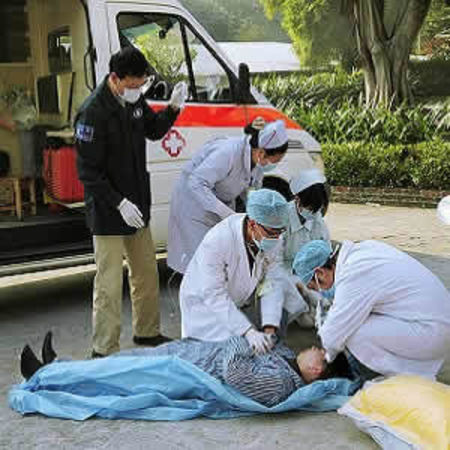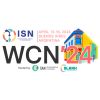For stroke patients, getting the right treatment fast is important. A new protocol, developed by the American Heart Association/American Stroke Association, aims to ensure that stroke patients are brought to "the right facility to get the right therapy in the right amount of time." The new Severity-based Stroke Triage Algorithm for emergency medical services (EMS) equips ambulance crews with information and tools to better identify a stroke, assess a patient’s overall condition and determine the best hospital for the patient’s specific treatment needs.
See Also: Faster Stroke Care with Telemedicine Ambulance
“The new algorithm is needed as new innovations in stroke treatment emerge, such as catheters used to remove large clots in the brain. Although the intravenous use of tissue plasminogen activator, or IV r-tPA (alteplase), is still the most common standard for treating many strokes, these newer endovascular treatments are appropriate in certain cases. However, they require specific equipment and specially-trained personnel that aren’t available at all hospitals, especially those in rural or suburban areas,” said Peter D. Panagos, MD, co-chair of the American Heart Association/American Stroke Association Mission Lifeline: Stroke committee that helped oversee and develop the algorithm.
Under this protocol, EMS should provide fast, appropriate triage for the most severely impaired stroke patients. First responders have to use a regionally approved stroke severity tool that may help identify a larger ischaemic stroke that may require both intravenous and endovascular thrombectomy treatments.
The protocol considers that regions around the U.S. have different assets and resources when it comes to treating stroke – meaning the right stroke care may not always be available at the closest facility. “Sometimes, this could mean bypassing a smaller, closer hospital to get the patient to a larger centre providing specialised treatment,” said Dr. Panagos, an associate professor of emergency medicine and neurology at Washington University School of Medicine in St. Louis.
The algorithm requires that smaller centres and larger centres work together in a collaborative fashion to streamline the effective care of stroke patients. It is broad enough to be applied across the country and across regions and flexible enough to be tailored to individual communities.
The algorithm is available online for download at www.heart.org/MissionLifelineStroke.
Source: American Heart Association
Image Credit: Pixabay
Latest Articles
Stroke, American Heart Association, American Stroke Association, Severity-based Stroke Triage Algorithm
A new protocol, developed by the American Heart Association/American Stroke Association, aims to ensure that stroke patients are brought to "the right facility to get the right therapy in the right amount of time."

























